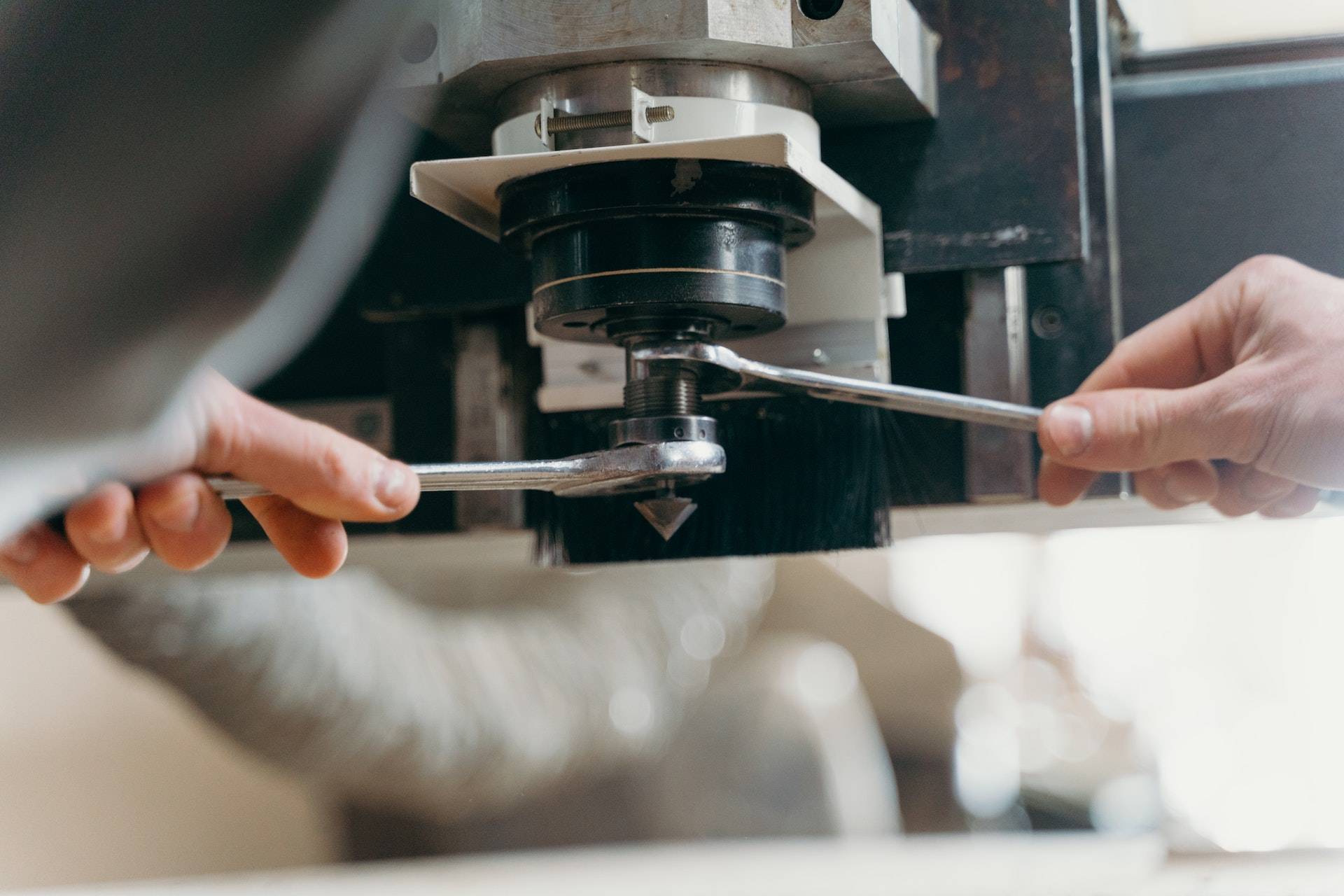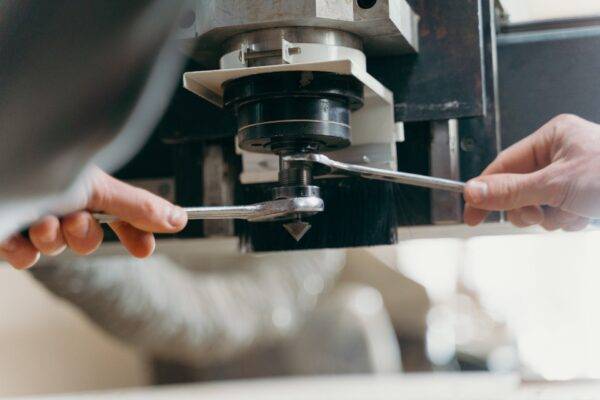Cost-Effectiveness: “Open-source CNC solutions are cost-effective, as they eliminate the need for expensive licensing fees associated with proprietary systems. This accessibility opens doors for smaller businesses and individuals to adopt CNC technology.” – John Smith, CNC Specialist.
Customization and Flexibility: “One of the primary advantages of open-source CNC solutions is the ability to customize the technology to specific needs. Manufacturers can tailor the source code to achieve highly specialized and creative machining tasks.” – Sarah Johnson, CNC Engineer.
Collaborative Development: “The open-source nature of these solutions fosters a collaborative environment where users from diverse backgrounds can contribute to the improvement and expansion of CNC technology. This community-driven approach leads to continuous enhancements.” – Dr. Robert Brown, Manufacturing Expert.
Knowledge Sharing: “Open-source CNC solutions encourage knowledge sharing within the community. Users can exchange ideas, troubleshoot issues, and share best practices, leading to a collective learning experience.” – Lisa Davis, CNC Enthusiast.
Transparent Code: “Having access to the source code offers transparency and visibility into the inner workings of the CNC system. Users can verify the integrity and security of the technology, enhancing trust in its capabilities.” – Prof. Michael Adams, Computer Science.
Challenges of Open-Source CNC Solutions
Technical Expertise: “While open-source solutions offer customization options, they often require a certain level of technical expertise. Users with limited knowledge may face challenges in understanding and implementing the source code.” – Dr. Emily White, Manufacturing Researcher.
Support and Documentation: “Comprehensive support and documentation can be lacking in open-source communities. Users may encounter difficulties in troubleshooting and understanding complex functionalities.” – Mark Roberts, CNC Technician.
Compatibility and Integration: “Integrating open-source CNC solutions with existing hardware and software can be complex. Ensuring seamless compatibility and integration may require additional effort and resources.” – Laura Miller, Manufacturing Consultant.
Intellectual Property Concerns: “Some manufacturers may hesitate to adopt open-source CNC solutions due to concerns about intellectual property rights. Sharing proprietary designs may raise issues related to patents and trade secrets.” – Prof. John Williams, Intellectual Property Law.
Software Maintenance: “Open-source CNC software requires regular updates and maintenance to ensure optimal performance and security. Neglecting proper maintenance can lead to compatibility issues and vulnerabilities.” – Dr. Lisa Turner, Software Engineer.

What are Open-Source CNC Solutions?
Open-source CNC solutions refer to CNC hardware and software that are made freely available to the public, allowing users to view, modify, and distribute the source code. This approach promotes collaboration, innovation, and community-driven development. Unlike proprietary CNC systems, open-source solutions encourage users to contribute improvements, share knowledge, and customize the technology according to their specific needs.
Benefits of Open-Source CNC Solutions
- Cost-Effectiveness: One of the primary advantages of open-source CNC solutions is their cost-effectiveness. Users can access the software and hardware without incurring high licensing fees, making CNC technology more accessible to small businesses, startups, and DIY enthusiasts.
- Customization and Flexibility: Open-source CNC solutions offer unparalleled customization and flexibility. Users can modify the source code to tailor the CNC system to their unique requirements, enabling them to achieve highly specialized and creative machining tasks.
- Collaborative Development: The open-source nature of these solutions fosters a collaborative environment where users from all over the world can contribute to the improvement and expansion of the CNC technology. This community-driven development results in continuous enhancements and updates.
- Knowledge Sharing: Open-source CNC solutions encourage the sharing of knowledge and expertise among users. Communities and forums provide platforms for discussions, troubleshooting, and sharing best practices, empowering users to learn and grow together.
- Transparent Code: With open-source CNC solutions, users have access to the underlying source code, ensuring transparency and visibility into the functioning of the technology. This transparency builds trust and allows users to verify the integrity and security of the CNC system.
Challenges of Open-Source CNC Solutions
- Technical Expertise: Open-source CNC solutions often require a certain level of technical expertise to understand, modify, and implement the source code effectively. Users with limited technical knowledge may find it challenging to make significant customizations.
- Support and Documentation: While open-source communities provide valuable support, documentation, and tutorials, they may not always be as comprehensive as those offered by proprietary CNC vendors. This can lead to difficulties in troubleshooting and understanding complex functionalities.
- Compatibility and Integration: Integrating open-source CNC solutions with existing hardware and software can be a complex task. Ensuring compatibility and seamless integration may require additional effort and resources.
- Intellectual Property Concerns: Some manufacturers may be hesitant to adopt open-source CNC solutions due to concerns about intellectual property rights. Sharing proprietary designs or manufacturing processes may raise issues related to patent infringements or trade secrets.
- Software Maintenance: Open-source CNC software may require regular updates and maintenance to ensure optimal performance and security. Lack of proper maintenance can lead to compatibility issues and vulnerabilities in the CNC system.
